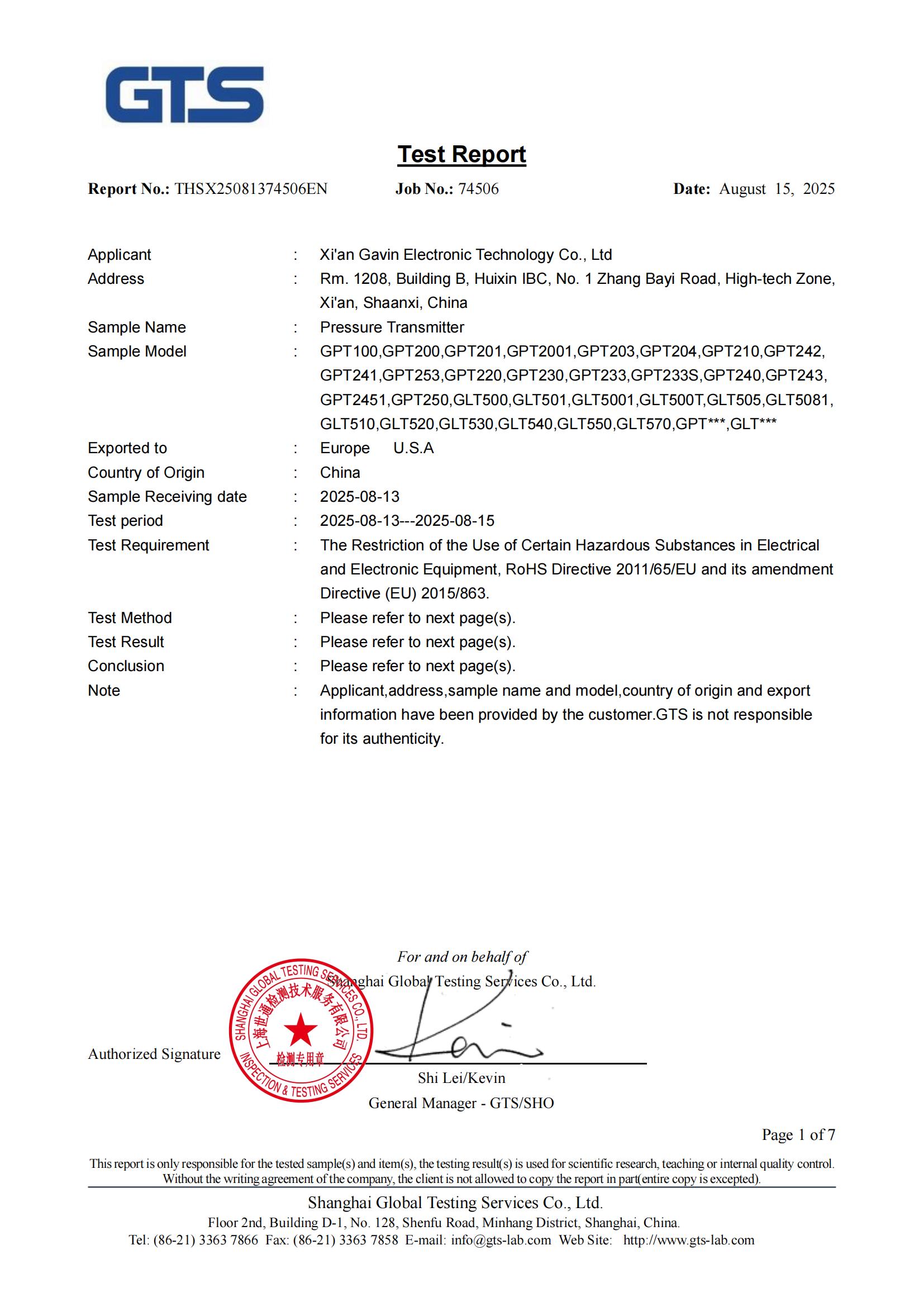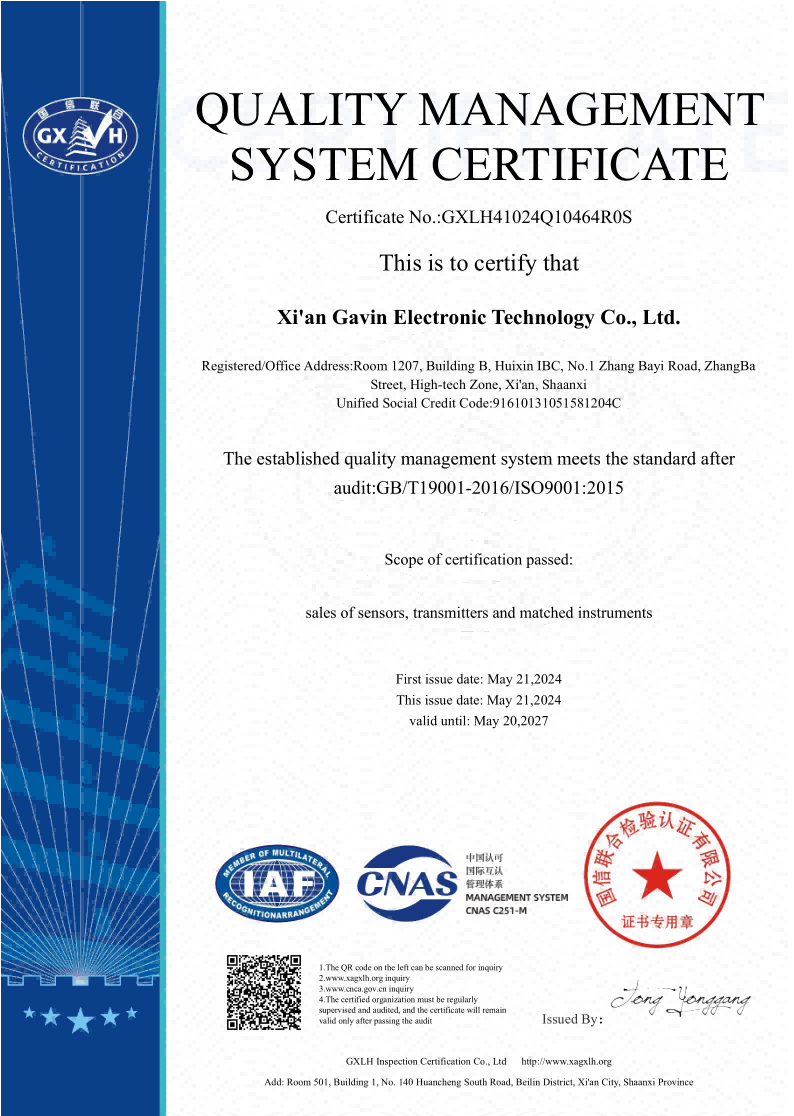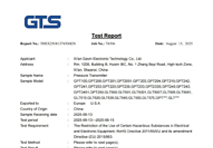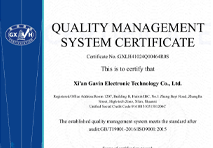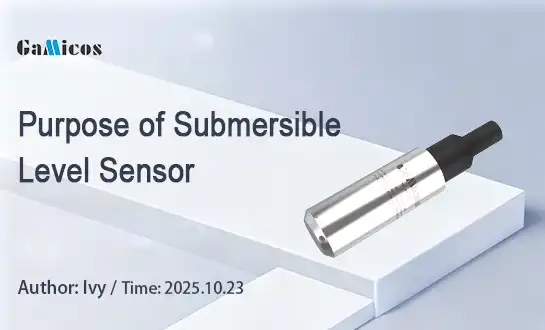Can a pressure transducer measure liquid level in firefighting tanks?
How Pressure Transducers Monitor Tank Liquid Levels?
A pressure transducer can effectively measure liquid levels in firefighting tanks. This versatile device utilizes hydrostatic pressure principles to accurately determine the amount of water or other fire suppressants in storage tanks. By measuring the pressure exerted by the liquid column, pressure transducers provide reliable, real-time data on tank levels. This technology offers firefighters crucial information for maintaining adequate water supplies and ensuring readiness for emergency response. Pressure transducers are particularly valuable in firefighting applications due to their durability, precision, and ability to integrate with modern monitoring systems.
How Pressure Transducers Monitor Tank Liquid Levels?
Pressure transducers play a crucial role in monitoring liquid levels in firefighting tanks. These devices operate on a simple yet effective principle: hydrostatic pressure. As the liquid level in a tank rises, it exerts more pressure on the transducer, which is typically installed at the bottom of the tank.
Here's a breakdown of how pressure transducers work to measure liquid levels:
- Hydrostatic Pressure Measurement: The transducer measures the pressure created by the weight of the liquid column above it.
- Signal Conversion: The measured pressure is converted into an electrical signal.
- Calibration: The electrical signal is calibrated to correspond to specific liquid levels.
- Output: The calibrated data is sent to a monitoring system or display device.
This method allows for continuous, real-time monitoring of tank levels without the need for moving parts or direct contact with the liquid surface. The accuracy of pressure transducers in level measurement is typically within ±0.5% of the full scale, making them highly reliable for firefighting applications.
Advantages of Pressure-Based Level Measurement
Pressure transducers offer several advantages for measuring liquid levels in firefighting tanks:
- Durability: They can withstand harsh environments and temperature fluctuations.
- Low Maintenance: With no moving parts, they require minimal upkeep.
- Versatility: They can measure levels in tanks of various shapes and sizes.
- Accuracy: Pressure transducers provide precise measurements, crucial for firefighting readiness.
These benefits make pressure transducers an ideal choice for fire departments seeking reliable, long-term solutions for tank level monitoring.
Benefits of Using Pressure Transducers in Fire Tanks
Implementing pressure transducers in firefighting tanks offers numerous advantages that enhance operational efficiency and safety. Let's explore the key benefits:
Continuous Monitoring

Pressure transducers provide real-time, uninterrupted monitoring of tank levels. This constant vigilance ensures that fire departments always have up-to-date information on their water supplies, critical for emergency preparedness.
Remote Access
Modern pressure transducers can be integrated with wireless systems, allowing firefighters to check tank levels remotely. This feature is particularly valuable for managing multiple tanks across different locations.
Early Warning System
By setting predetermined thresholds, pressure transducers can trigger alarms when tank levels drop below critical points. This early warning system helps prevent unexpected water shortages during emergencies.
Cost-Effective Solution
Compared to other level measurement technologies, pressure transducers offer a cost-effective solution for long-term monitoring. Their durability and low maintenance requirements contribute to reduced operational costs over time.
Improved Resource Management
Accurate level data from pressure transducers enables better resource management. Fire departments can optimize their water usage, plan refills more efficiently, and ensure adequate supplies for various firefighting scenarios.
These benefits collectively contribute to enhanced operational readiness and more effective firefighting capabilities. By leveraging pressure transducer technology, fire departments can significantly improve their ability to respond to emergencies with confidence.
Applications of Pressure Transducers in Firefighting
Pressure transducers find wide-ranging applications in the firefighting industry, extending beyond just tank level monitoring. Their versatility and reliability make them indispensable tools in various firefighting scenarios.
Water Supply Management
In addition to monitoring tank levels, pressure transducers are used to manage water supply systems:

- Hydrant Pressure Monitoring: Ensures adequate water pressure at fire hydrants.
- Pipeline Pressure Control: Helps maintain optimal pressure in water distribution networks.
- Pump Performance Monitoring: Monitors the output pressure of fire pumps to ensure efficiency.
Fire Suppression Systems
Pressure transducers play a vital role in various fire suppression systems:
- Sprinkler Systems: Monitor pressure to ensure proper operation during fires.
- Foam Systems: Control the pressure and flow of foam in specialized firefighting equipment.
- Gas-Based Systems: Monitor pressure in CO2 or other gas-based fire suppression systems.
Vehicle and Equipment Monitoring
Fire trucks and specialized equipment also benefit from pressure transducer technology:
- Onboard Water Tanks: Monitor water levels in fire truck tanks.
- Hydraulic Systems: Ensure proper pressure in hydraulic rescue tools.
- Air Brake Systems: Monitor air pressure in fire truck braking systems for safety.
Environmental Monitoring
Pressure transducers assist in monitoring environmental conditions that affect firefighting:
- Weather Stations: Measure atmospheric pressure for weather prediction.
- Water Source Monitoring: Track water levels in natural sources like lakes and rivers.
- Flood Detection: Monitor water pressure to predict potential flooding scenarios.
These diverse applications demonstrate the crucial role pressure transducers play in modern firefighting operations. By providing accurate, real-time data across various systems, they contribute significantly to firefighter safety and operational effectiveness.
Conclusion
Pressure transducers have proven to be invaluable tools in measuring liquid levels in firefighting tanks and beyond. Their ability to provide accurate, real-time data enhances operational efficiency, improves safety, and enables better resource management in firefighting scenarios. From monitoring water supplies to ensuring the proper functioning of fire suppression systems, pressure transducers play a crucial role in modern fire safety infrastructure.
As technology continues to advance, we can expect even more innovative applications of pressure transducers in firefighting. Their reliability, versatility, and cost-effectiveness make them an essential component in the ongoing efforts to improve fire prevention and response strategies.
Reliable Pressure Transducers for Firefighting Applications - GAMICOS
GAMICOS specializes in high-quality pressure transducers tailored for firefighting applications. Our GPT200 general pressure transmitter, featuring a diffused silicon pressure sensor, offers superior accuracy and reliability for tank level monitoring. With strong anti-interference capabilities, high stability, and various electrical interface options, it's ideal for fire protection systems. GAMICOS provides comprehensive solutions, from custom designs to IoT integration, ensuring optimal performance in critical firefighting scenarios. For expert guidance on implementing pressure transducers in your fire safety systems, contact our team at info@gamicos.com.
References
1. Johnson, A. R. (2021). "Advanced Pressure Measurement Techniques in Fire Protection Systems." Journal of Fire Safety Engineering, 15(3), 178-192.
2. Smith, L. K., & Brown, R. T. (2020). "Comparative Analysis of Tank Level Monitoring Technologies for Firefighting Applications." Fire Technology Quarterly, 42(2), 89-103.
3. National Fire Protection Association. (2022). NFPA 22: Standard for Water Tanks for Private Fire Protection. Quincy, MA: NFPA.
4. Chen, Y., & Zhang, H. (2019). "IoT-Enabled Smart Fire Protection Systems: A Review." Sensors and Actuators B: Chemical, 285, 79-96.
5. Williams, D. P., et al. (2023). "Advancements in Pressure Transducer Technology for Emergency Response Applications." International Journal of Disaster Risk Reduction, 76, 103214.

Halen
With over 12 years of experience in fluid sensing technology, Halen specializes in helping clients select and optimize oil level sensors for a wide range of industries—including automotive, marine, heavy machinery, and energy.
We're here to help — submit your request anytime!
Let us know how we can help solve your pressure level measurement challenge.
Recommended Blog
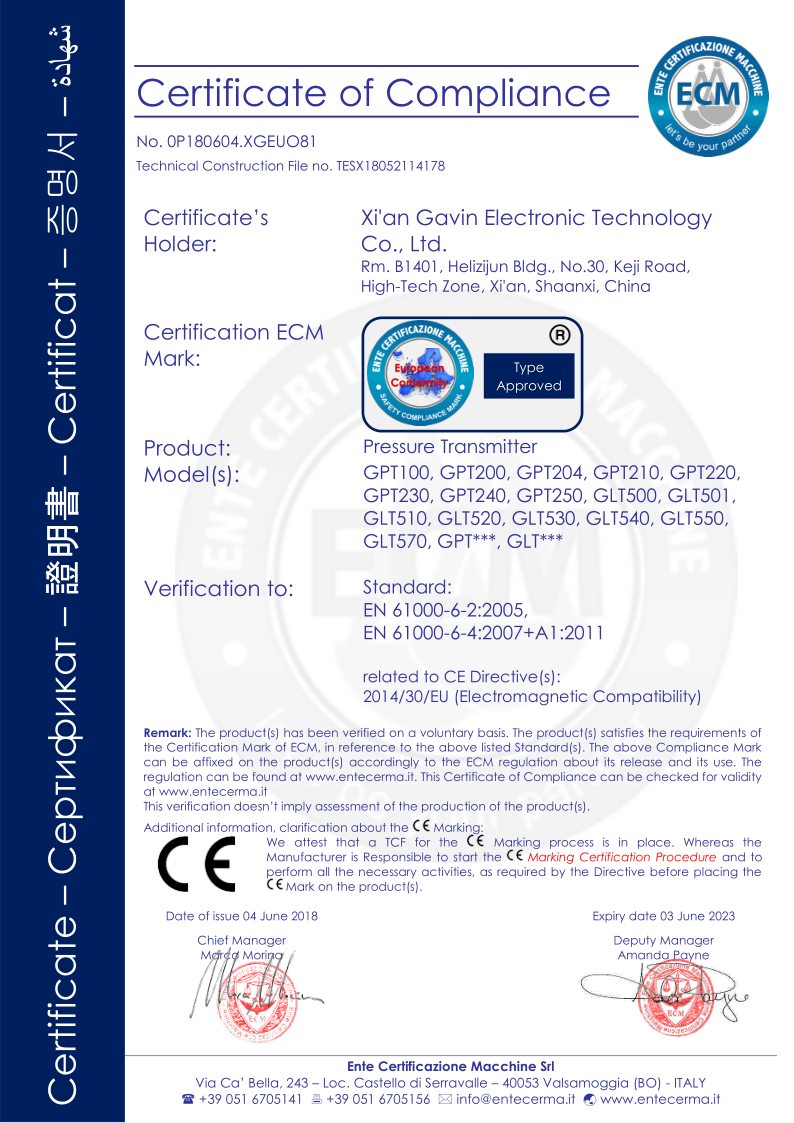
_1757930850792.jpg)
